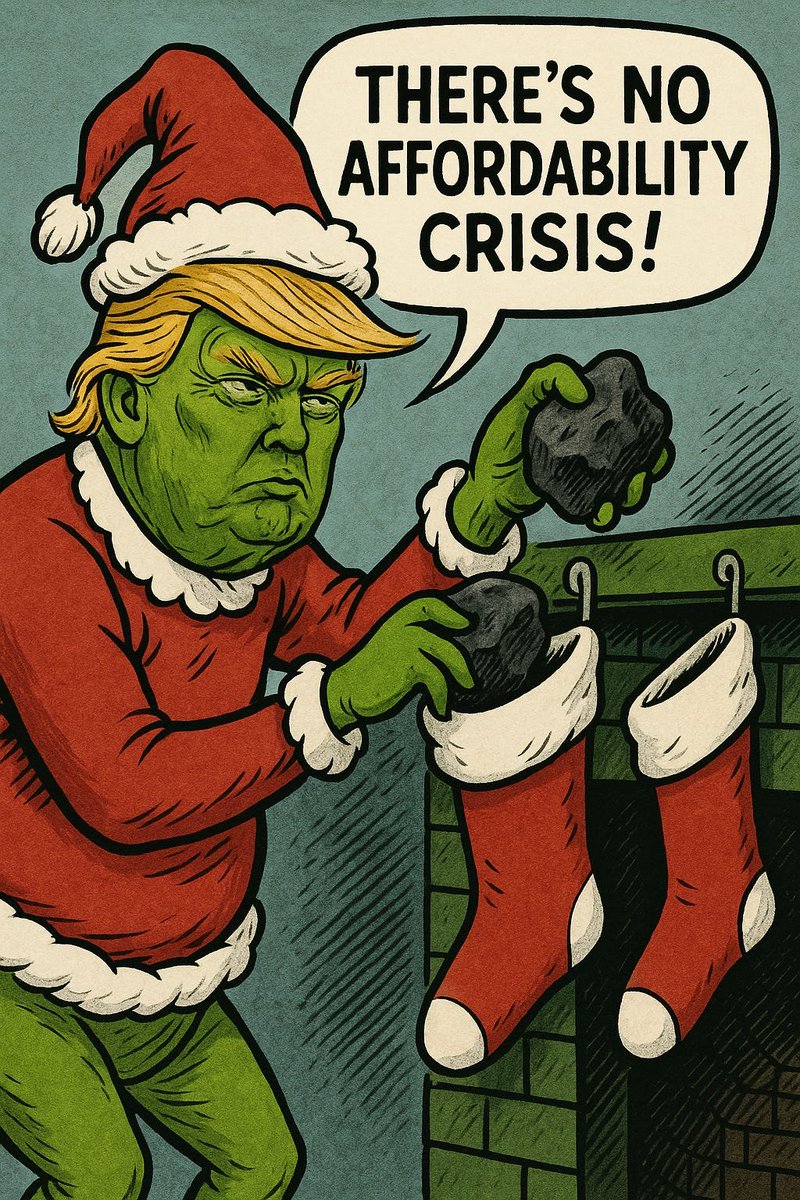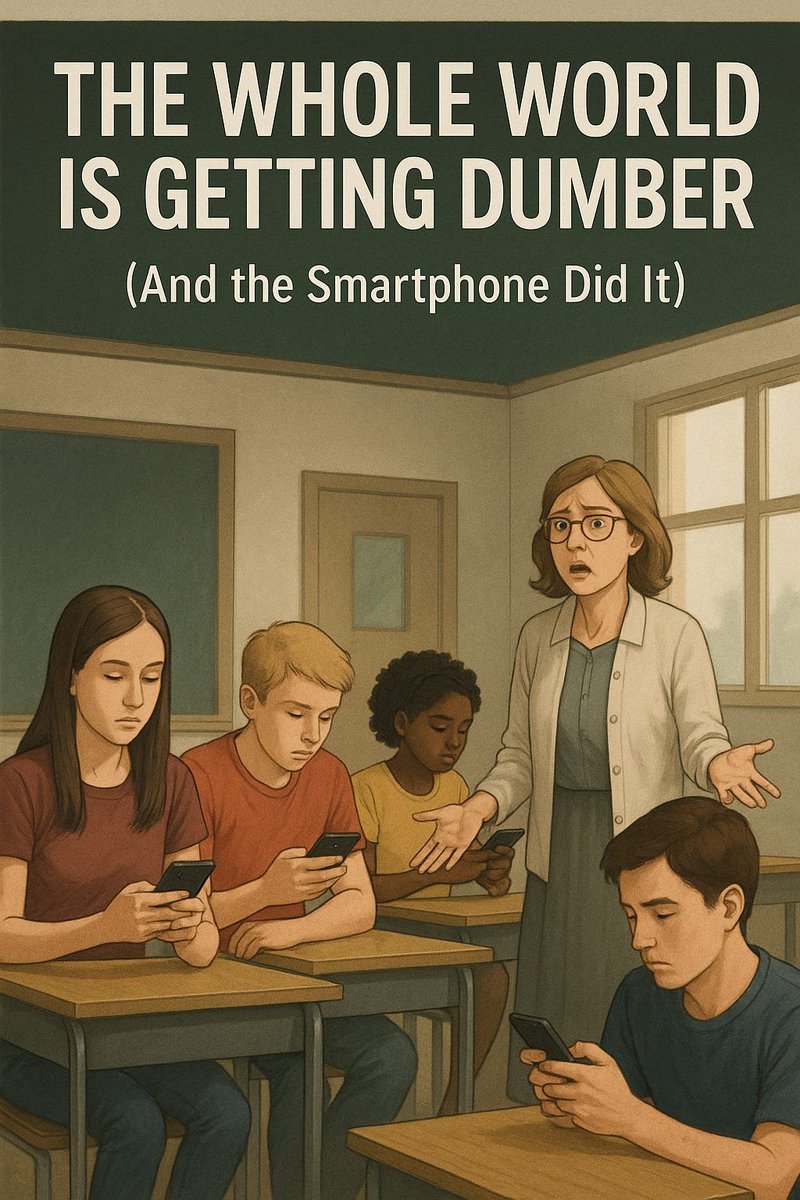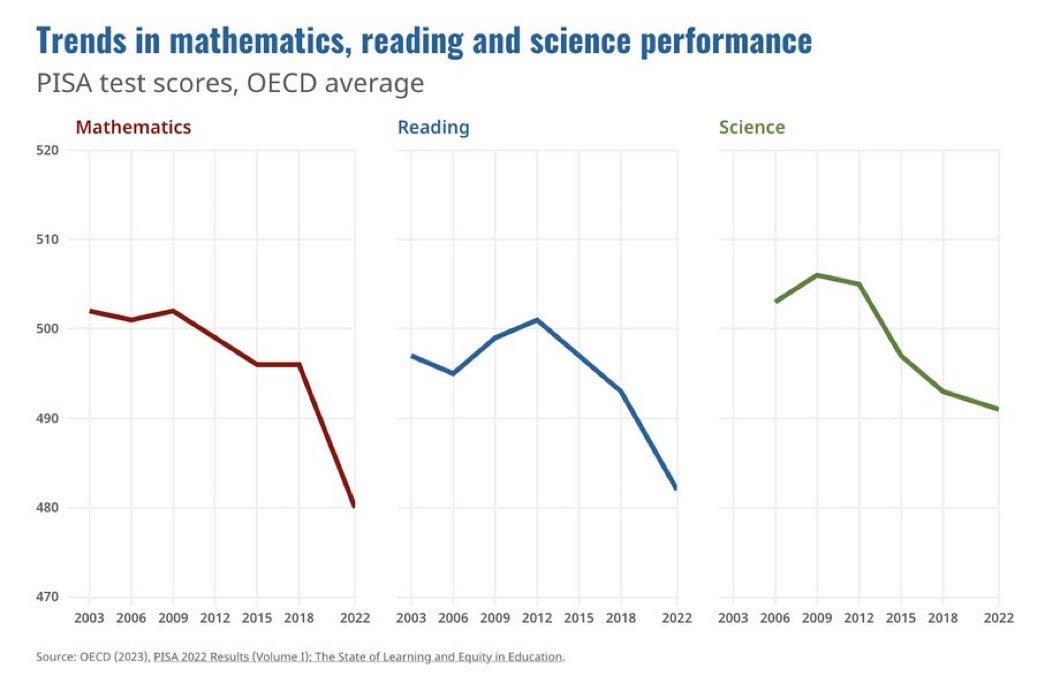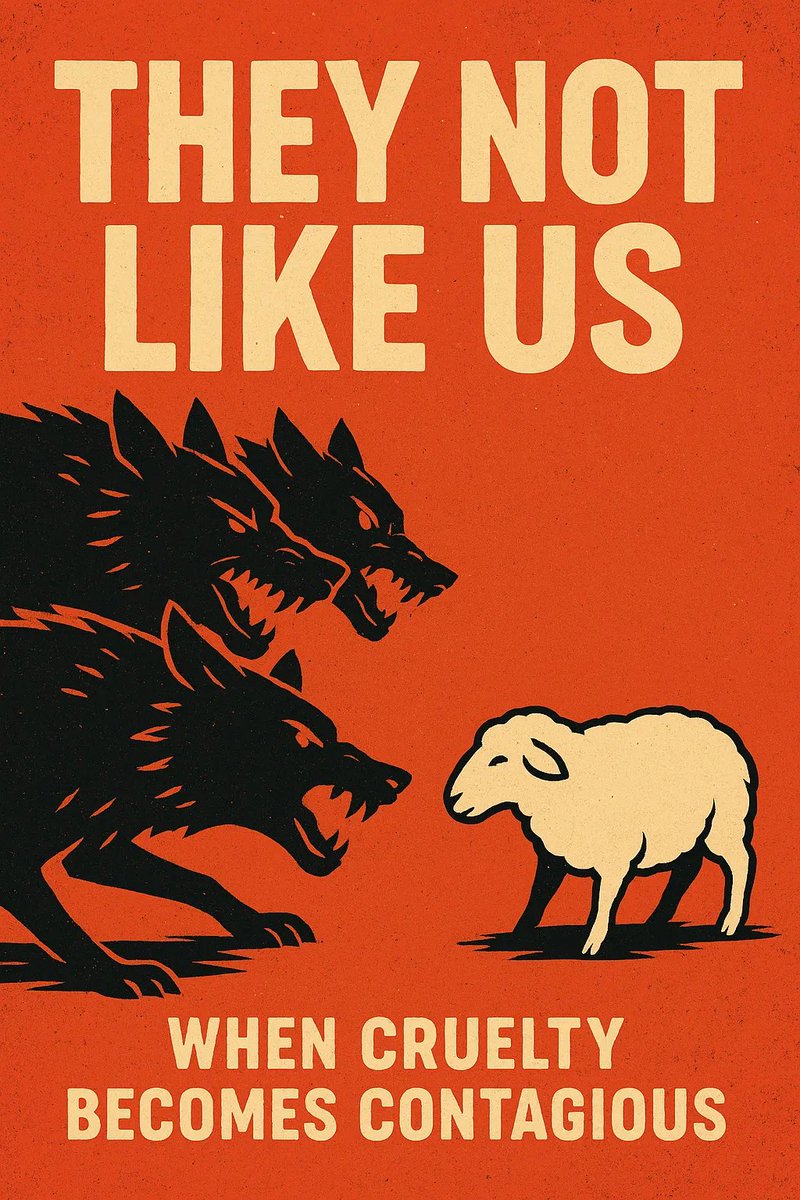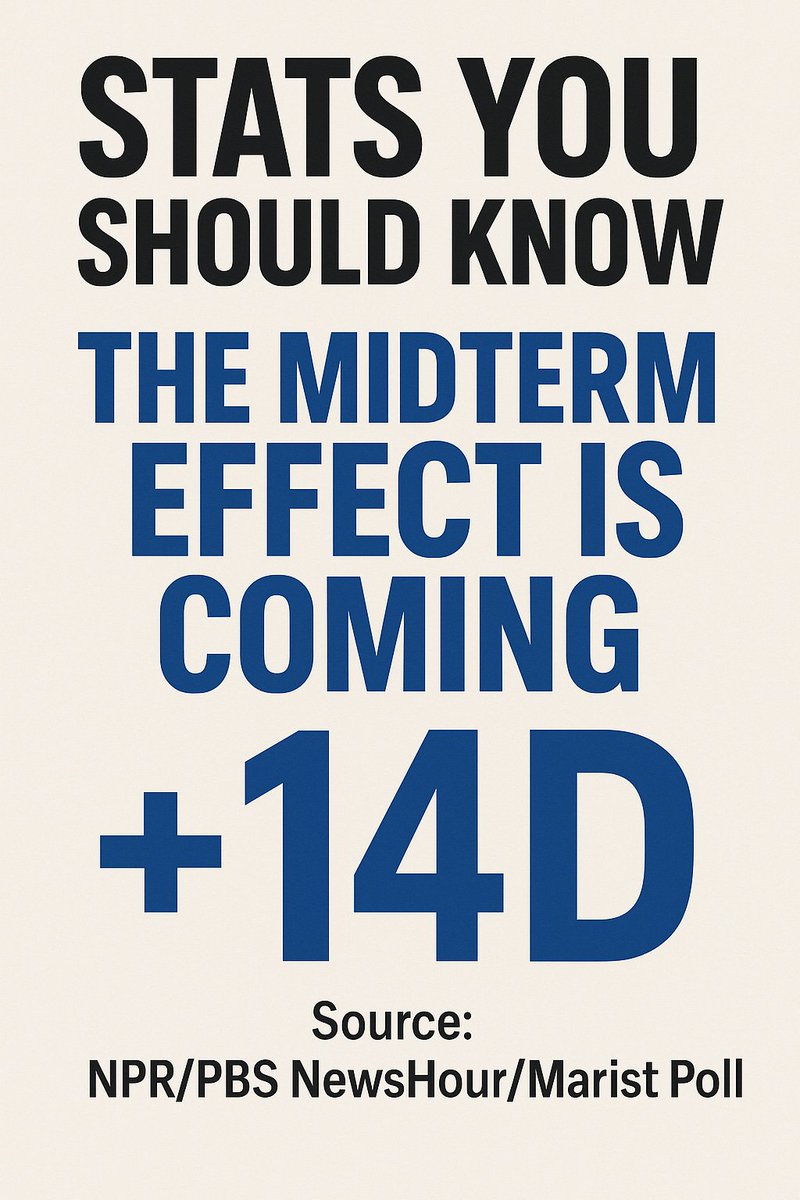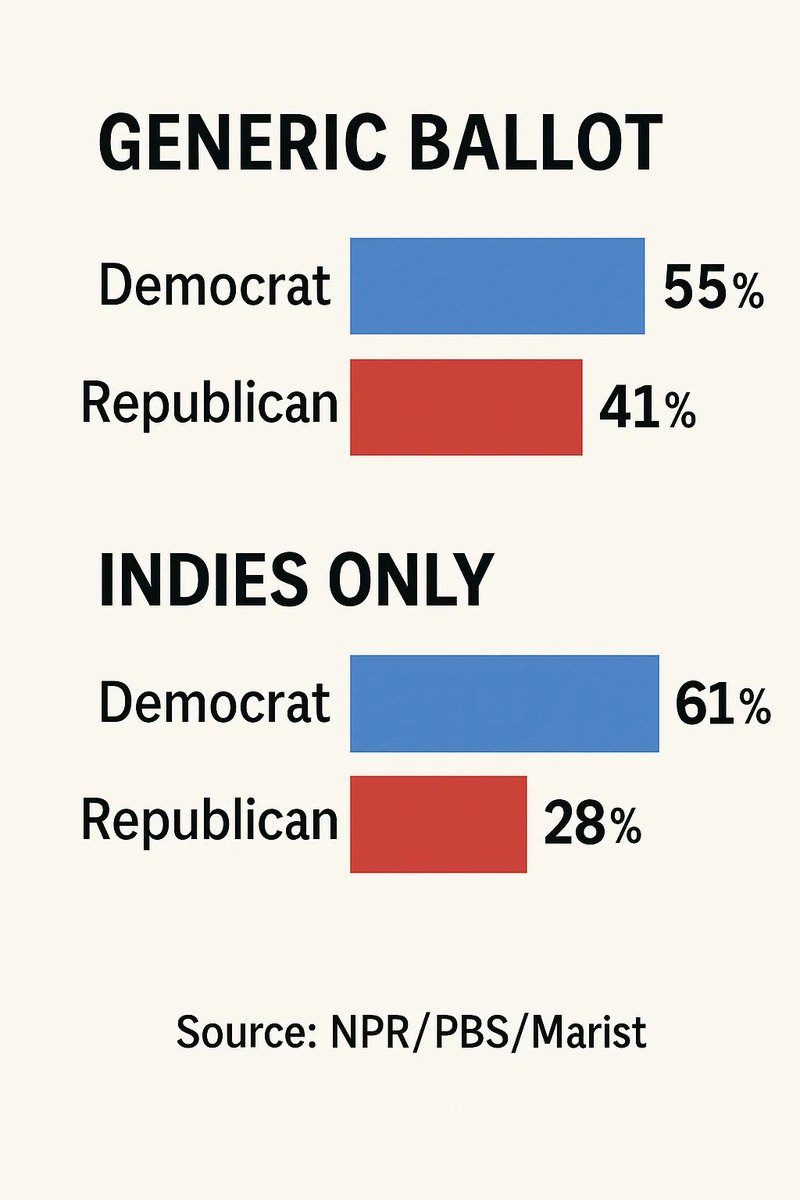1. That's bc that "debate" performance from Trump was literally the worst thing ever seen in American politics- & that's after 5 yrs of seeing Donald Trump do his thing.
He was advised against the "strategy" & spent the whole next day convinced he'd killed it 🙄
In my 2016 book
He was advised against the "strategy" & spent the whole next day convinced he'd killed it 🙄
In my 2016 book
https://twitter.com/JoshNBCNews/status/1312739803838984192
2. I didn't do what so many others did in their books and suddenly apply magic filters to the two 2016 campaigns. In my chapter, A Tale of Two Campaigns, in the '16 cycle as in now, I recounted how shitty Trump's 2016 campaign was, from beginning to end and on every single metric
3. Especially contrasted w HRC's campaign. It wasn't until Trump's freak accident win that all the Clinton hit books had to be quickly revised to recount what a shitty campaign she ran- they were all set to be print about how much better the Clinton campaign was than the Trump
4. campaign- it wasn't even close. Indeed, as bad as this year's iteration is, the 2016 version was 1000% worse so keep that in mind every time one of these people who just knew the Clinton team was running a shitty campaign comes on the TV... I think I might be one of the few
5. people that criticized their strategy in real-time- and that was in relation to the decision to go all-in on the conversion of Rs and even I was wooed by the rise of Never Trump somewhat. Donald Trump is the shittiest candidate in the history of presidential politics and his
6. instincts are shit- but he had two things work out well for him- timing, running into a complacent left-side of the spectrum- and the RNC's turnout operation bc they're the ones that ran the real campaign for him. He has that now too, and a cult-like following in terms of
7. what right-wing media has done to the GOP electorate so he is still competitive to win if Ds don't match the turnout (they will) and get the votes counted (this is the real fight).
• • •
Missing some Tweet in this thread? You can try to
force a refresh


